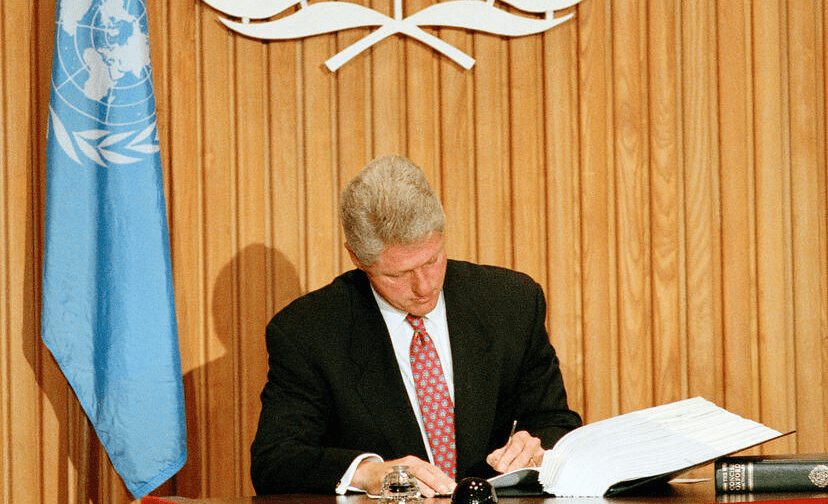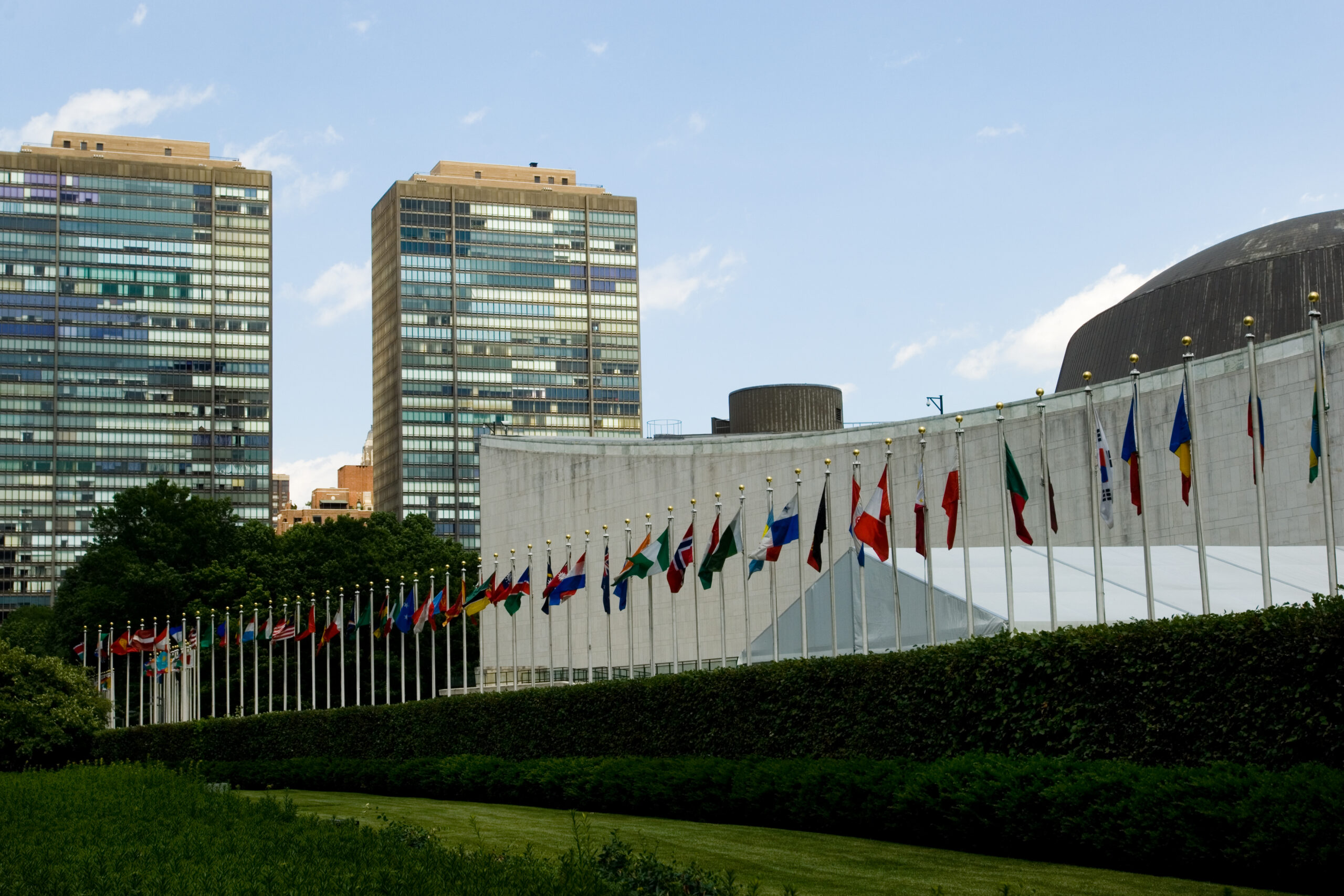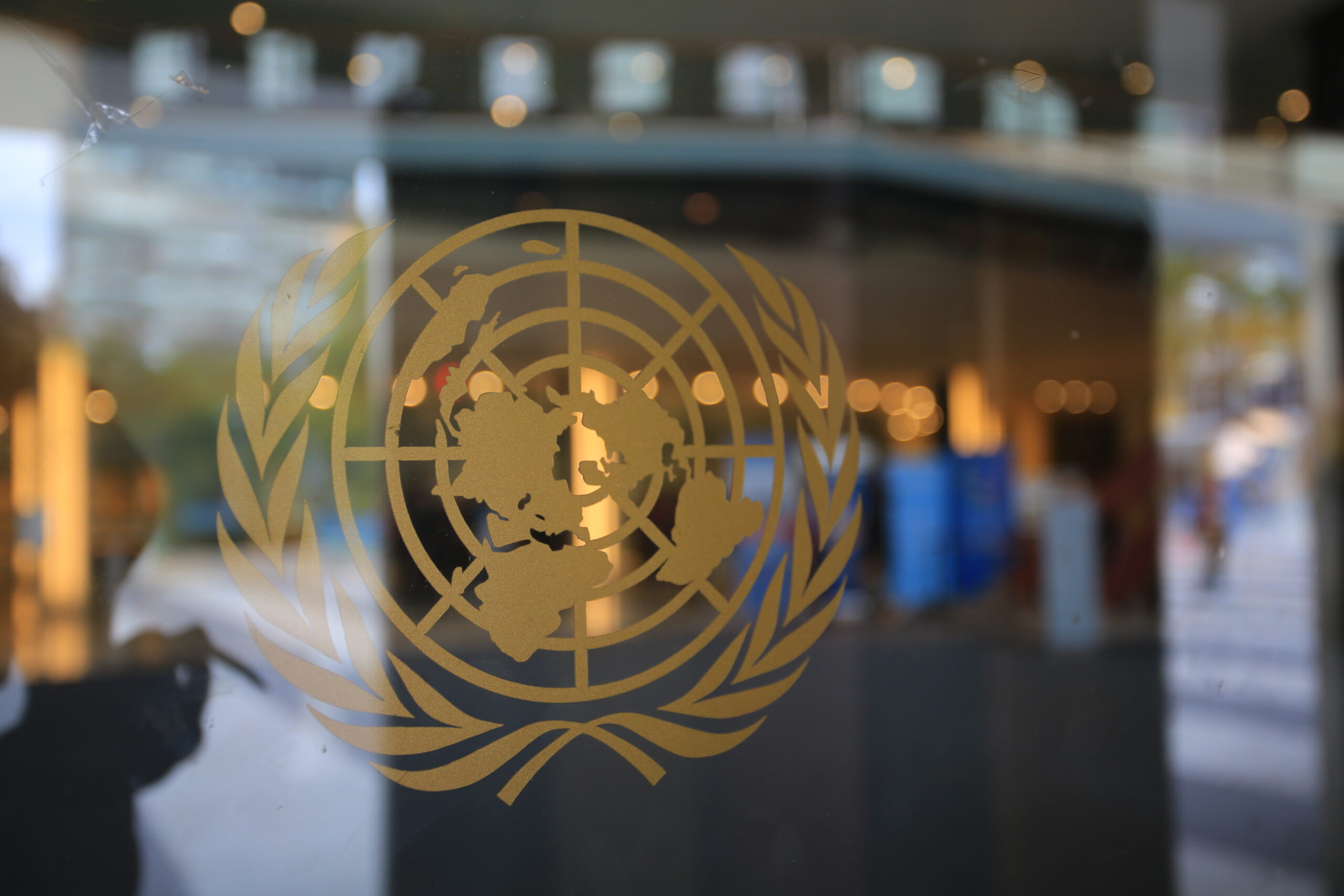Making Ban on Nuclear Weapon Tests Permanent
A ban on nuclear weapon tests, underpinned by effective verification, is an essential part of the effort to achieve a world free of nuclear weapons. Banning nuclear tests helps in stopping the spread of nuclear weapons, avoiding nuclear arms races, and progressing nuclear disarmament.
The current international ban on nuclear tests is based on the Comprehensive Nuclear-Test-Ban Treaty (CTBT), which was adopted and opened for signature in 1996. Today the CTBT is almost universal, signed by 185 countries and ratified by 170 of these. Only 11 countries, including India, Pakistan and North Korea, are totally outside the treaty.
In practical terms the CTBT has been a remarkable success. It has established both a de facto international norm against nuclear testing (this century broken only by North Korea) and an International Monitoring System (IMS) to detect if any nuclear test occurs. The IMS comprises 337 facilities, 303 of which are now operating in 86 countries.
Yet despite amply demonstrating its practical value to the international community, after more than 25 years the CTBT has still not formally entered into force. Establishment of the IMS has been possible only because the CTBT requires this to be done ahead of entry into force and provides for the signatories to contribute annual funding.
The CTBT was negotiated with an exceptionally difficult formula for entry into force, requiring ratification by 44 named countries. Of these, eight have not yet ratified it, thereby preventing the treaty’s entry into force: five (the U.S., China, Egypt, Iran and Israel) have at least signed the treaty, but the remaining three (India, Pakistan and North Korea) have not signed.
Although not in force, the CTBT has legal standing through the international law of treaties, which requires signatories to refrain from acts prior to a pact’s entry into force that would defeat the object and purpose of the agreement. Clearly this would include a nuclear test. However, under the law of treaties, the obligation to refrain from such acts may lapse if the treaty’s entry into force is unduly delayed.
This means there is some uncertainty about the future of the CTBT. To quote U.N. Secretary-General Antonio Guterres in a speech to the conference of CTBT signatories at the treaty’s 25th anniversary in September last year, “We have remained in this state of limbo for too long. No norm or moratorium can replace a legally binding prohibition.”
We cannot take the continuation of the CTBT for granted. Action is needed to make the CTBT permanent by bringing it into force, and the time for such action is not unlimited.
What can be done to secure the eight required ratifications? The key is the U.S. If the U.S. ratifies, China can be expected to follow, it will not want to be the only P5 (Permanent Member of the Security Council) not to ratify. The U.S. should be able to persuade Israel and Egypt to ratify, perhaps in a deal also including Iran. It could also be possible to persuade India and Pakistan to join in concert. That would leave only North Korea.
I have written elsewhere on possible measures to strengthen the normative force of the CTBT ahead of entry into force. Also as a contingency the CTBT signatories should study the legal options for bringing the treaty into force if one or two ratifications remain unattainable. Clearly, however, the best approach by far is to achieve U.S. ratification, which should lead to most if not all of the other outstanding ratifications.
U.S. ratification would help give substance to the Jan. 3, 2022, P5 statement on Preventing Nuclear War and Avoiding Arms Races. This statement has several themes relevant to the CTBT, including: that nuclear weapons should serve only defensive purposes (so developing and testing new weapon designs should not be necessary); the NPT commitment to pursue nuclear disarmament; and to work with all countries to create a security environment more conducive to progress on disarmament. Progress towards U.S. ratification would have a positive impact on the NPT Review Conference, now scheduled for August this year.
In the current political environment in Washington, it is commonly thought that the Biden administration could not gain the Senate majority needed for ratification of the CTBT. It is both essential and urgent for other governments, particularly U.S. allies such as South Korea, to use all their influence with the Biden administration and both sides in Congress, to convince them that making the CTBT permanent is strongly in the U.S.’ national interests.
John Carlson was director general of the Australian Safeguards and Non-Proliferation Office from 1989 to 2010, and is currently non-resident senior fellow with the Vienna Center for Disarmament and Non-Proliferation and senior associate fellow of the Asia-Pacific Leadership Network for Nuclear Non-Proliferation and Disarmament (APLN). This article is published in cooperation with the APLN (www.apln.network).
Disclaimer: The opinions articulated above represent the views of the author(s) and do not necessarily reflect the position of the Asia Pacific Leadership Network or any of its members.
This article was published in The Korea Times on 26 January 2022 as part of a dedicated, regular Korea Times column with analysis by APLN members on global issues. You can find the original post here.
Image: UN Photo/Evan Schneider. www.un.org/av/photo/




